The metallicity of a star does not significantly affect its mass after formation but strongly influences how its mass…
Select :
asteroid collisionasteroidsastronomical distance scalesatomsbig bangblack holesbright lights in the skybrown dwarfcareerscelestial eventschecker cabscometsconstellationscosmic distancescosmic microwave backgroundcosmic rayscosmologydark energydark matterdwarf planeteartheclipseeclipticeducationexoplanetsexpansion of the universegalaxiesgeneral relativitygravitational lensgravity wavesGreat Red SpotHoaxesHubble Space Telescope (HST)Interferometerinterferometryinterstellar moleculesionosphereJupitermagnetarsmarsmeteorsMH370milky wayMilky Way Galaxymoleculesmoonmoonsneutron starneutron starsNibirunight skyparallaxphysicsplanetsplutoproperties of lightPtolemypulsarsquasarsradar astronomyRadio Astronomyradio frequency interferenceradio interferometersradio recombination line emissionRadio TelescopeSatellite DishSchwarzschild Radiusscientific methodsearch for extraterrestrial intelligenceSETIsolar systemspace probesspacecraftstar formationstarssunsupernovasupernova remnantssupernovaetelescopestime dilationTrans Neptunian Objectstwin paradoxunexplained celestial observationsVenusVery Large ArrayVery Long Baseline Array (VLBA)Voyager 1weather
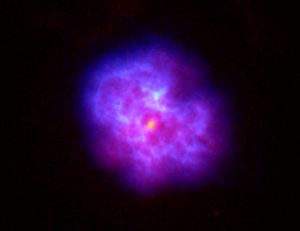
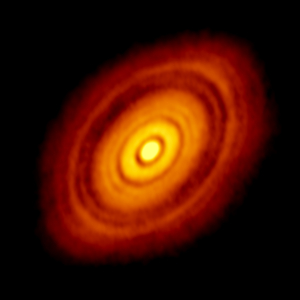
What would seasons be like on a Tatooine-like planet?
A Tatooine-like planet, or a planet that orbits a binary star system, would very likely orbit at a relatively…
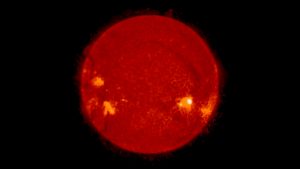
Is Sirius in Conjunction with the Sun on July 4 Each Year?
No. It is true that Sirius is above the horizon during a good part of the day during the…
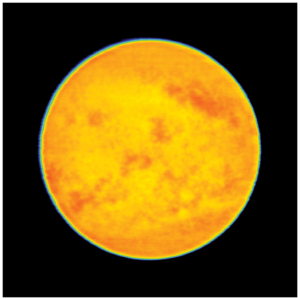
How Far Away From Earth Could We See the Sun with the Unaided Eye?
The Sun’s absolute magnitude, which is its brightness if it were located at a distance of 10 parsecs (about…
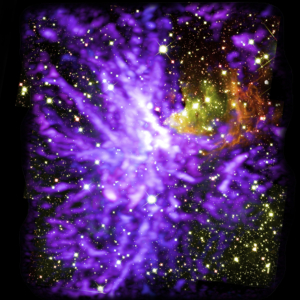
Comparing Radio Signals from Stars to Those Received by Radio and Television Sets
A couple of things to note about radio signals that we measure from stars and other objects in the…
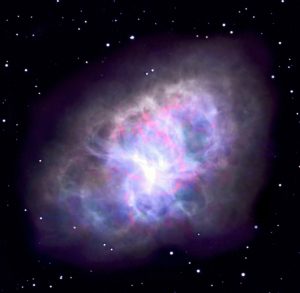
Age and Original Brightness of the Supernova that Spawned the Supernova Remnant IC443?
I believe that the most recent assessment of the age of this supernova remnant, based on an analysis of…





